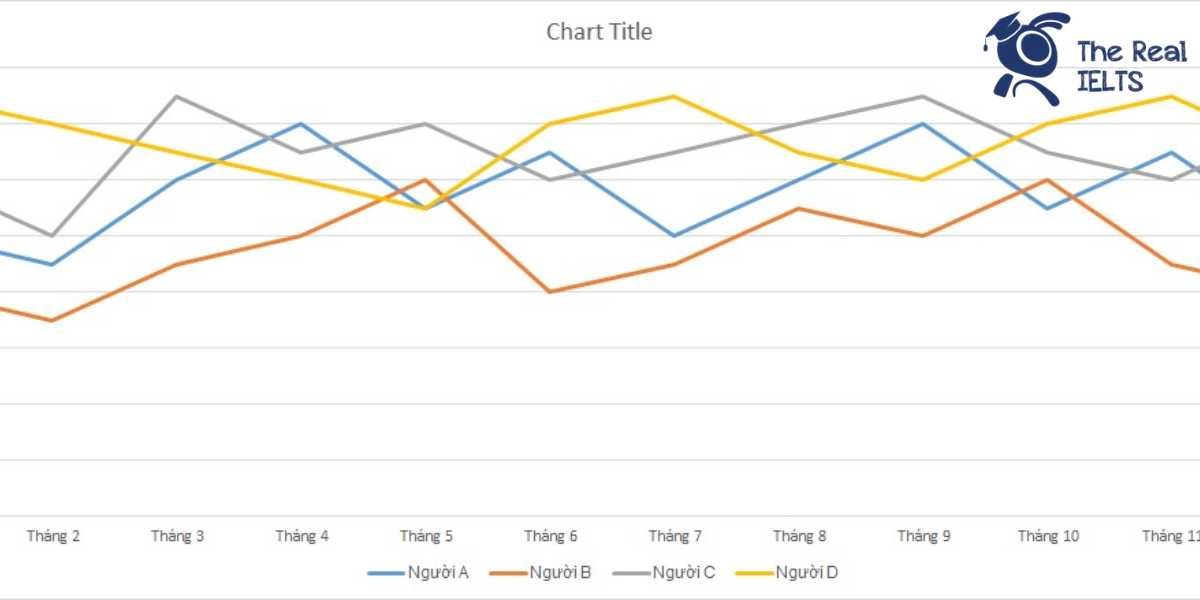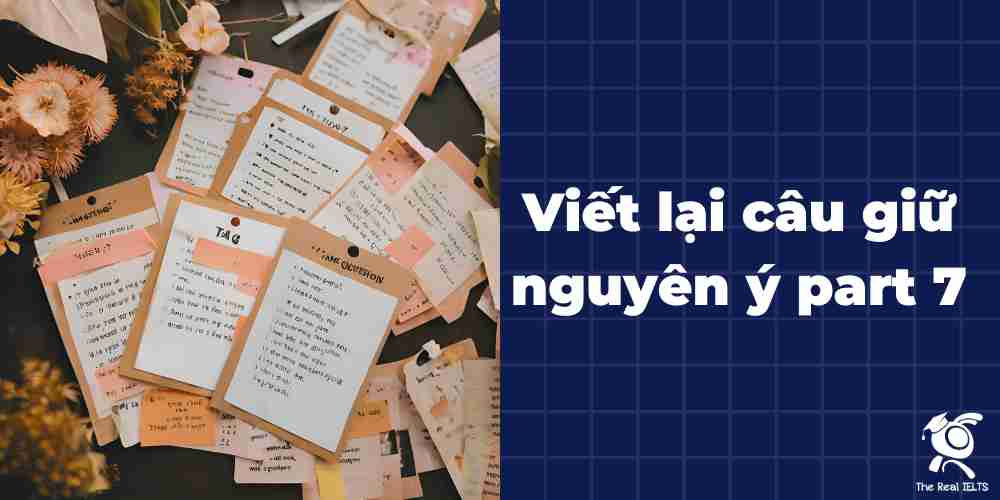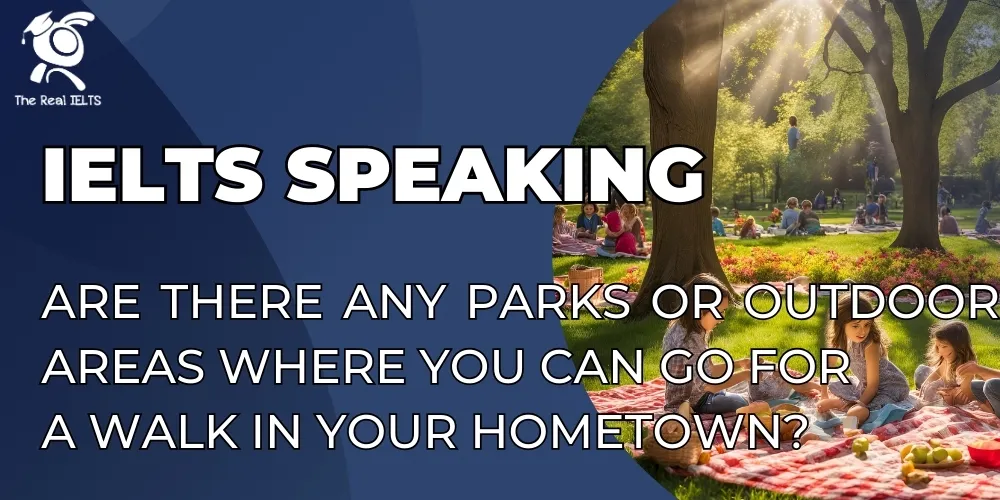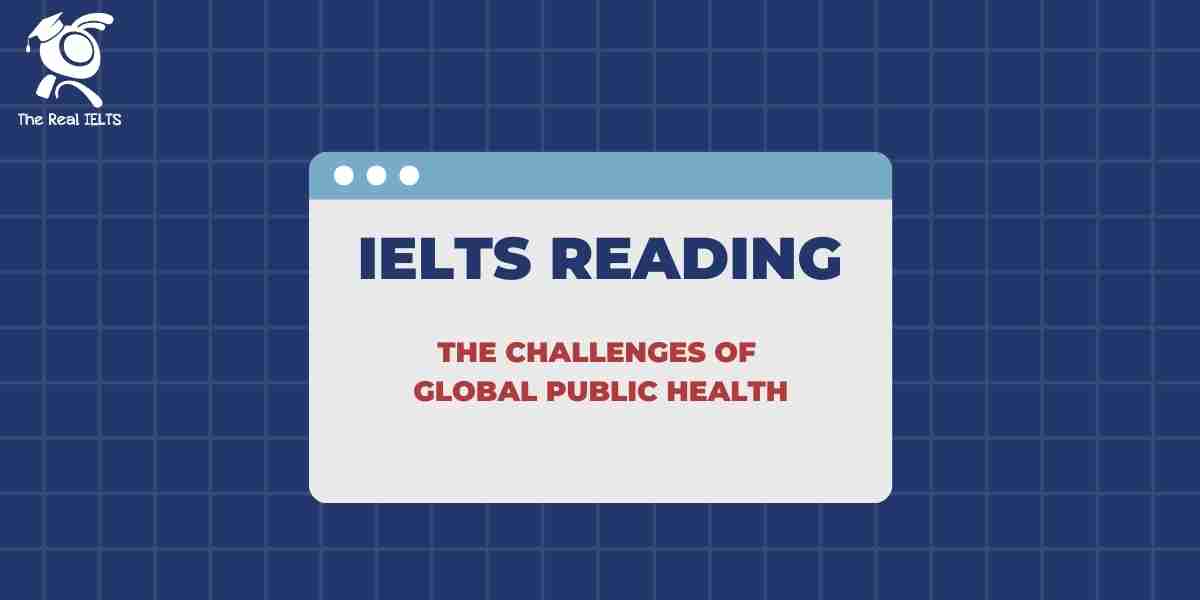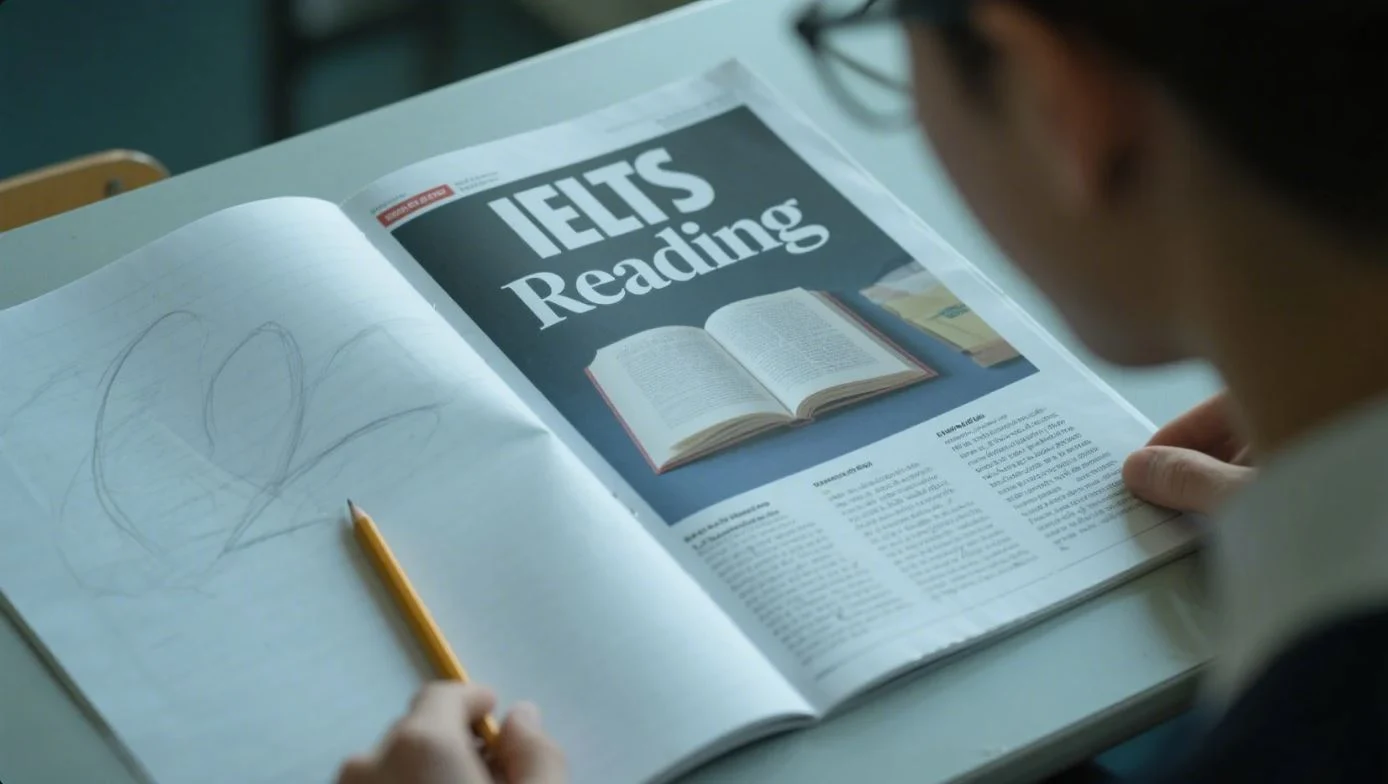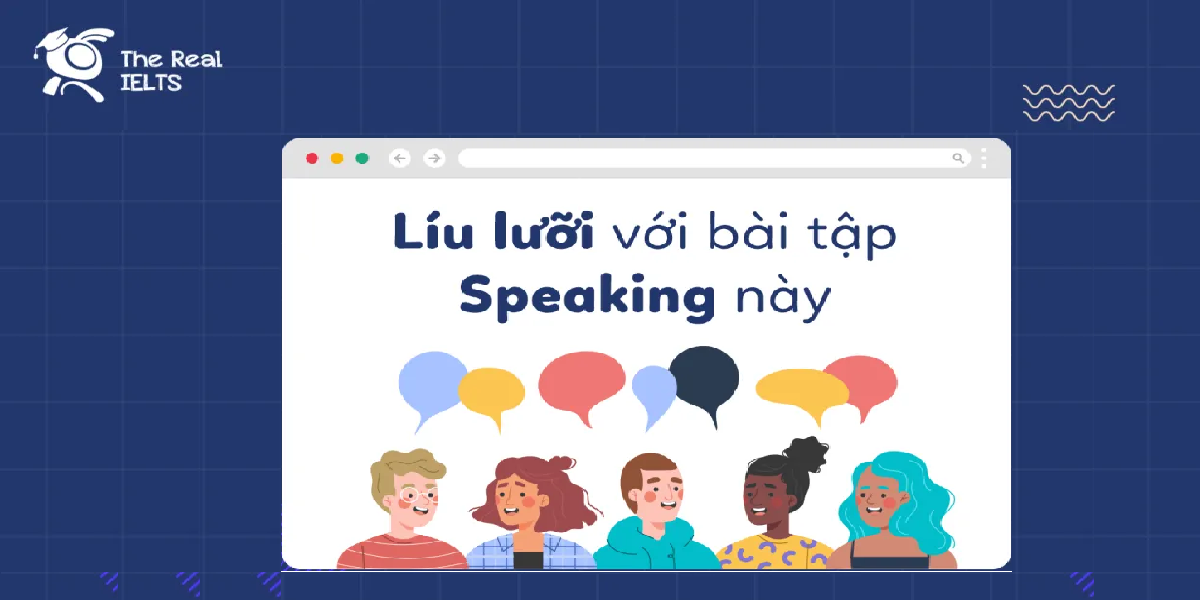Đề thi IELTS Reading có tiêu đề “The Impact of War on Society“
Nhớ đọc thêm các bài luyện thi IELTS nhé.
IELTS Reading “The Impact of War on Society“
The Impact of War on Society
War, in its various forms, has been a recurrent phenomenon throughout human history, leaving indelible marks on societies across the globe. The impact of war on society is profound and multifaceted, touching every aspect of life from economic stability to social structures, cultural identity, and psychological well-being. Understanding these impacts requires an exploration of the immediate and long-term consequences of war, both on the battlefield and within the broader social fabric.
One of the most immediate and visible effects of war is the loss of human life. Casualties during war, whether military or civilian, have devastating impacts on communities. The loss of family members, friends, and neighbors can create a sense of grief and despair that permeates through society. The psychological trauma experienced by those who survive, including soldiers and civilians, often manifests as post-traumatic stress disorder (PTSD), depression, and anxiety. This not only affects individuals but also disrupts family dynamics and social cohesion, leading to long-term social challenges such as increased rates of domestic violence, substance abuse, and suicide.
Economically, war can be both destructive and transformative. In the immediate aftermath, the destruction of infrastructure, homes, and businesses can cripple a nation’s economy. The cost of rebuilding, combined with the loss of a productive workforce, can plunge a country into deep economic recession. However, some argue that war can also lead to economic innovation and growth. The necessity of wartime production often spurs technological advancements, and the post-war reconstruction period can lead to economic booms, as seen in countries like Japan and Germany after World War II. Despite this, the benefits of such economic growth are often unevenly distributed, leading to increased inequality and social tensions.
Socially, war can act as both a catalyst for change and a force for division. On one hand, war often accelerates social change by challenging existing power structures and norms. For example, the two World Wars played a significant role in advancing women’s rights, as women took on roles traditionally held by men who were away fighting. On the other hand, war can exacerbate existing social divisions and create new ones. Ethnic and religious tensions often flare up during conflicts, leading to persecution, displacement, and even genocide. The scars of such divisions can take generations to heal, if they ever do.
Culturally, war can lead to both the destruction and creation of cultural identity. The loss of cultural heritage through the destruction of monuments, libraries, and artifacts is one of the most tragic consequences of war. However, war can also forge new cultural identities, as people come together in the face of a common enemy or in the aftermath of shared suffering. The narratives of heroism, sacrifice, and resilience that emerge from war can become central to a nation’s cultural identity, shaping its literature, art, and collective memory for generations to come.
In conclusion, the impact of war on society is vast and complex, touching every facet of human life. While war can lead to social and economic changes, it often does so at a tremendous cost. The loss of life, psychological trauma, economic disruption, social division, and cultural destruction are just some of the ways in which war leaves its mark on society. As history has shown, the consequences of war can linger long after the guns have fallen silent, shaping the future of nations and the lives of their people in profound and often unpredictable ways.
Đề bài thi IELTS Reading
Multiple Choice Questions
- What is one of the most immediate effects of war?
- A) Economic growth
- B) Loss of human life
- C) Cultural innovation
- D) Technological advancement
- Which of the following is a long-term social challenge caused by war?
- A) Increase in educational opportunities
- B) Economic equality
- C) Increased rates of domestic violence
- D) Strengthened family dynamics
- How can war lead to economic growth, according to the passage?
- A) Through the destruction of infrastructure
- B) By spurring technological advancements
- C) By reducing the workforce
- D) By decreasing economic inequality
- What role did World War II play in advancing women’s rights?
- A) It led to women taking on traditional male roles
- B) It decreased women’s participation in the workforce
- C) It reinforced traditional gender roles
- D) It created new social divisions
- What is a cultural consequence of war mentioned in the passage?
- A) Preservation of cultural heritage
- B) Loss of cultural identity
- C) Creation of new cultural identities
- D) Increased religious tolerance
- Which countries experienced an economic boom after World War II?
- A) Japan and Germany
- B) The United States and the United Kingdom
- C) France and Italy
- D) China and Russia
- Which of the following statements is NOT mentioned as an effect of war?
- A) Increased suicide rates
- B) Economic recession
- C) Globalization
- D) Ethnic tensions
- What can exacerbate existing social divisions during war?
- A) Technological advancements
- B) Ethnic and religious tensions
- C) Economic inequality
- D) Reconstruction efforts
True/False/Not Given
- War often leads to the loss of cultural heritage through the destruction of artifacts and monuments.
- True
- False
- Not Given
- War has a purely negative impact on society.
- True
- False
- Not Given
- Post-war economic booms always benefit the entire population equally.
- True
- False
- Not Given
- The passage suggests that the psychological trauma of war only affects soldiers.
- True
- False
- Not Given
- The passage discusses the positive impacts of war on environmental conservation.
- True
- False
- Not Given
- Women’s rights movements were directly caused by World War I.
- True
- False
- Not Given
Yes/No/Not Given
- Does the author believe that war can lead to technological innovations?
- Yes
- No
- Not Given
- Does the author suggest that cultural identities are always destroyed during war?
- Yes
- No
- Not Given
- Does the passage indicate that all wars result in economic recession?
- Yes
- No
- Not Given
- Does the passage express the view that post-war reconstruction is easy and straightforward?
- Yes
- No
- Not Given
- Does the author argue that the scars of war can heal within a few years?
- Yes
- No
- Not Given
Matching Information
- Match the following effects of war with the correct aspects of society:
- A) Psychological trauma
- B) Economic innovation
- C) Social change
- D) Cultural identity
i) Emergence of new cultural narratives
ii) Increased rates of PTSD
iii) Technological advancements due to wartime needs
iv) Changes in gender roles
Matching Headings
- Match the headings to the correct paragraphs:
- A) The Economic Consequences of War
- B) War’s Impact on Cultural Identity
- C) Psychological Effects of War
- D) Social Changes Driven by Conflict
Matching Features
- Match the following groups with the impact of war they experience:
- A) Civilians
- B) Soldiers
- C) Women
- D) Nations post-war
i) Increased involvement in the workforce
ii) PTSD and psychological trauma
iii) Loss of family members
iv) Economic reconstruction
Matching Sentence Endings
- Match the beginning of each sentence with its correct ending:
- A) War often leads to the destruction of…
- B) Economic growth can occur after war due to…
- C) Social divisions during war can be intensified by…
- D) New cultural identities can be formed as a result of…
i) …technological advancements made during wartime.
ii) …ethnic and religious tensions.
iii) …cultural heritage and monuments.
iv) …shared suffering and resilience.
Sentence Completion
- War often results in the psychological trauma of both soldiers and __________.
- Economic growth after a war is not always __________ distributed across the population.
- The two World Wars played a significant role in advancing __________ rights.
- War can lead to the loss of cultural heritage through the destruction of __________.
- Shared suffering during war can help forge new __________ identities.
Summary, Note, Table, Flow-chart Completion
- Complete the summary with words from the passage:
War can have both destructive and transformative effects on society. In the economic sphere, war can lead to the destruction of __________ and a loss of the workforce, but also spur __________ through wartime production. Socially, war can accelerate __________ by challenging existing norms, though it may also exacerbate existing divisions, particularly along ethnic and __________ lines.
Diagram Label Completion
- Label the diagram illustrating the social impact of war:
- Psychological effects
- Economic impacts
- Social divisions
- Cultural identity changes
Short Answer Questions
- What is one immediate effect of war on communities?
- How does war influence technological advancements?
- Which wars contributed to the advancement of women’s rights?
- What is one negative long-term economic impact of war?
- How can war contribute to the creation of new cultural identities?
Additional Multiple Choice Questions (Optional for Extra Practice)
- Which of the following is a possible positive impact of war on society?
- A) Complete social cohesion
- B) Cultural destruction
- C) Economic innovation
- D) Loss of human life
- How does war affect social structures, according to the passage?
- A) It reinforces existing power structures
- B) It accelerates social change
- C) It leads to economic stagnation
- D) It promotes gender inequality
- What is a common social challenge in post-war societies?
- A) Decreased substance abuse
- B) Strengthened family ties
- C) Increased rates of suicide
- D) Enhanced social cohesion
- What can the narratives of heroism and sacrifice during war become?
- A) Economic opportunities
- B) Central to a nation’s cultural identity
- C) Barriers to technological advancement
- D) Causes of increased domestic violence
- According to the passage, what can long-term social challenges of war lead to?
- A) Improved economic equality
- B) Strengthened cultural heritage
- C) Increased social tensions
- D) Decreased ethnic tensions
Đáp án bài thi IELTS Reading
Multiple Choice Questions
- B) Loss of human life
- C) Increased rates of domestic violence
- B) By spurring technological advancements
- A) It led to women taking on traditional male roles
- C) Creation of new cultural identities
- A) Japan and Germany
- C) Globalization
- B) Ethnic and religious tensions
True/False/Not Given
- True
- False
- False
- False
- Not Given
- False
Yes/No/Not Given
- Yes
- No
- No
- No
- No
Matching Information
- A) ii) Increased rates of PTSD
- B) iii) Technological advancements due to wartime needs
- C) iv) Changes in gender roles
- D) i) Emergence of new cultural narratives
Matching Headings
- A) The Economic Consequences of War – Second paragraph
- B) War’s Impact on Cultural Identity – Last paragraph
- C) Psychological Effects of War – First paragraph
- D) Social Changes Driven by Conflict – Third paragraph
Matching Features
- A) Civilians – iii) Loss of family members
- B) Soldiers – ii) PTSD and psychological trauma
- C) Women – i) Increased involvement in the workforce
- D) Nations post-war – iv) Economic reconstruction
Matching Sentence Endings
- A) iii) …cultural heritage and monuments.
- B) i) …technological advancements made during wartime.
- C) ii) …ethnic and religious tensions.
- D) iv) …shared suffering and resilience.
Sentence Completion
- civilians
- evenly
- women’s
- artifacts and monuments
- cultural
Summary, Note, Table, Flow-chart Completion
- infrastructure, technological advancements, social change, religious
Diagram Label Completion
- Psychological effects
- Economic impacts
- Social divisions
- Cultural identity changes
Short Answer Questions
- Loss of human life
- Through wartime production needs
- World War I and World War II
- Economic recession
- Through shared suffering and resilience
Additional Multiple Choice Questions (Optional for Extra Practice)
- C) Economic innovation
- B) It accelerates social change
- C) Increased rates of suicide
- B) Central to a nation’s cultural identity
- C) Increased social tensions
Luyện tập bài khác ở bài viết:”100 bài luyện IELTS Reading 2024 – 2025“




